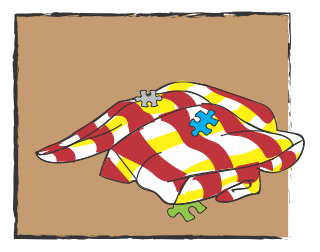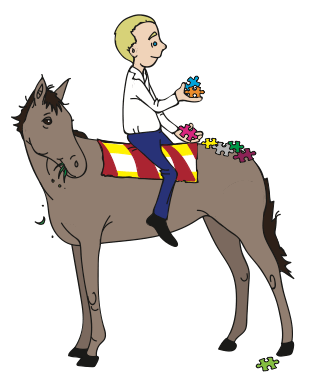ABC of inquiry – BACKWARDS BY DESIGN
ABC of inquiry – Backwards by design “We need to start imaging the future or it will get imagined for us…” Moshin Hamid’s words can be seen as an invitation to work collaboratively as a learning community,to imagine the future and then plan backwards for it. Planning with a future in mind, gives teaching and learning a vision.

BACKWARDS BY DESIGN: Back to the future…
Backwards by design doesn’t mean walking into your class backwards to avoid seeing what lies ahead… it is infact a type of time travel where you get to to image what it will be like at the end of an inquiry for the students, imaging what it makes possible for them and why the learning will be relevant outside the classroom. It is like looking at a big picture and then turning it into a jigsaw puzzle so that different parts are specifically addressed. Learning engagements, assessments and experiences are organised to match different parts of the puzzle, so that as the learner constructs and develops an understanding of the big picture. It is a process that is about developing purposeful and relevant learning.
Backwards by design is a way of designing learning engagements and whole inquiries. It is a planning process developed by Grant Wiggins and Jay McTighe. Using this planning model, means teachers have to identify the big ideas, the purpose of thelearning and work backwards from there to identify key knowledge, skills and related attitudes that need to be developed.
All BeConWiz resources are planned backwards using the IASKU criteria to ensure learning is purposeful and will encourage and support agency and action taking. IASKU includes academic, social, personal and emotional choices and sites of agency that could be made available.
IASKU can be used as a framework to plan backwards by identifying:
I – Interests – How can this learning be connected to the student’s prior knowledge or interests so it is relevantto them?
A- Attitude and Agency- What sites of agency could be made available to the students? What opportunities are there for learners to get to know more about who they are as people and learners?
S- Skills – What skills, strategies and processes arethere with theopportunity to test, explore and develop during the inquiry?
K – Knowledge – What facts and details are critical and must be addressed and explored?
U- Understanding – What conceptual understandings are connected to the inquiry?
By exploring and identifying these outcomes before planing actual learning engagements, teachers have an opportunity to develop cohesive, relevant and connected learning engagements that can be differentiated to meet the same goals.


